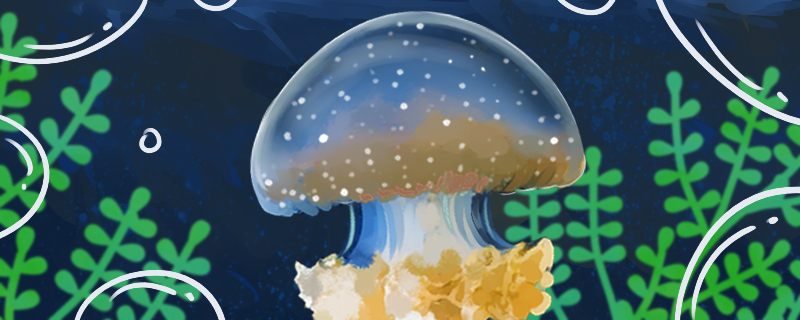
Jellyfish is a kind of marine life, wild jellyfish will live in the ocean. However, because of their relatively high value, especially food value, jellyfish can also be raised artificially. The environment of artificial breeding is quite different from that of wild jellyfish, and there are many problems to be paid attention to in the process of breeding.
1, culture pond: When raising jellyfish, generally speaking, it is a large area of culture, at this time will use the culture pond. Aquaculture ponds need to be set in places where drainage is easy, and the larger the volume, the better. We need to pay attention to the problem of density, not too dense. Generally speaking, the number of jellyfish cultured per mu should not exceed 300, if too dense, it can not guarantee the growth and development speed of jellyfish. In addition, it is better not to mix with other organisms in the aquaculture pond, if some miscellaneous fish, miscellaneous shrimp and so on are accidentally mixed in, they need to be cleaned up in time.
2. Water depth: In the process of breeding, water depth is also an important factor to be noted. Generally speaking, the water can not be too shallow, try to keep more than 1 meter.
3. Water temperature: Water temperature is also an important factor. Keeping the appropriate water temperature is conducive to the growth of jellyfish. It can neither be too high nor too low, and it can be maintained at about 20 degrees.
4. Water change: During the breeding period, water needs to be changed regularly. It can regularly observe the state of water quality in the aquaculture pond, and need to be replaced in time when the water quality is not suitable.
5. Feeding: Wild jellyfish mainly feed on plankton, and they can also use plankton as their food when they are raised in captivity. There are many plankton to choose from, such as ostracods, amphipods and so on.